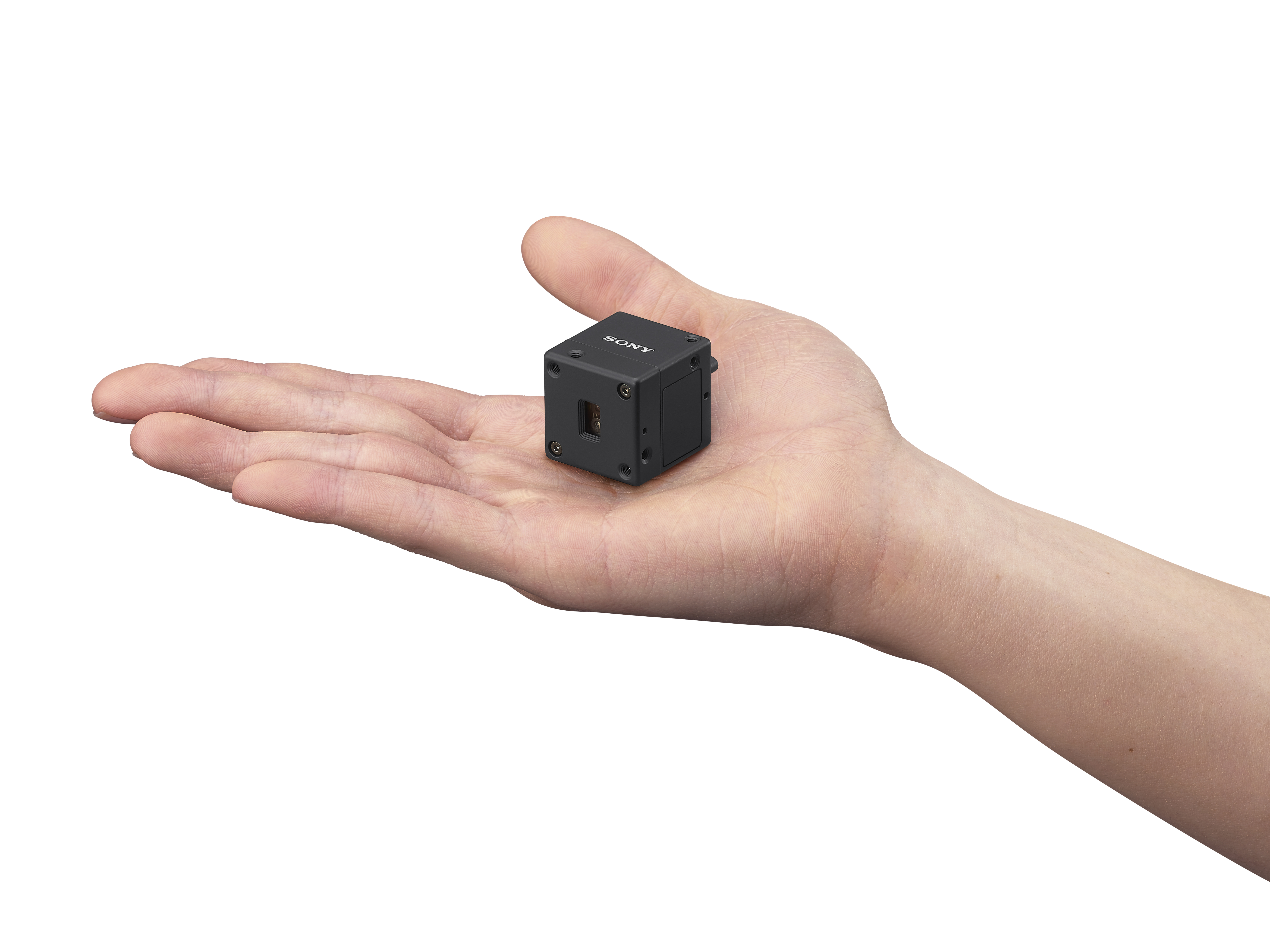DPP 'FD Day' Looms

LONDON--From October the uptake of a common file format for HD and SD delivery among UK broadcasters, first agreed in principle over two and half years ago, looks set to become a reality. The date is being dubbed as “DPP D-Day” — named after a coalition of UK broadcasters, the Digital Production Partnership, which has been working tirelessly towards achieving take-up of the AS-11 standard.
The self-imposed deadline means that UK broadcasters now require all content to be delivered by UK program makers digitally, using the AS-11 standard, a subset of AVCi100 AS-1, the internationally-recognized standard from the Advanced Media Workflow Association.
Any suppliers still delivering content on tape this autumn, however, are unlikely to be shown the door, according to Kevin Burrows, DPP’s Technical Standards Lead, who is also CTO for broadcast and distribution at UK terrestrial broadcaster Channel 4.
“There’s not going not to be a cut-off date as such, but it will depend on what the suppliers’ contract cycle is with the broadcaster. But the rules will apply to all new TV shows,” he explains.
The last update to the main spec (Version 4) was announced in October, and according to Burrows, while there is still some fine tuning to be achieved in relation to the QC process, the UK TV industry is “pretty much there” in terms of nailing the standard.
Key DPP Developments in 2014 January 13, 2014: TG4 joins the DPP. The Irish Language broadcaster joins ITV, BBC and Channel 4, Channel Five, Sky, UKTV, S4C and BT Sport.
March 31, 2014: Quality Control Guidelines are issued by DPP to help producers carry out the necessary QC checks to ensure they deliver broadcast quality files, which meet the necessary standards. The DPP has taken the EBU definitions and created a minimum set of tests and tolerance levels required for UK broadcasters. Included in the new guidelines are AS-11 file compliance checks, and Automated Quality Control tests for Video and Audio. Examples are loudness levels, and freeze frames.
April 3, 2014: The DPP agrees on an industry document format standard for the exchange of subtitles for the hard of hearing and audio description, aligned with the EBU’s new subtitle document format (EBU-TT). The format is a flavour of XML whose format can be validated using off the shelf tools and extended to meet specific requirements while still being interchangeable In the meantime, Burrows has been working with manufacturers on a compliance program, defining the minimum criteria by which vendors can label their kit as ‘DPP-Compliant’.
“A lot of production companies have been asking us: “What can we buy that can help us?’ There are lots of products out there that are capable of creating files, but they might not necessarily be in the right format, so we are working on the compliance now and looking at an AMWA certification process.”
Burrows adds that while the DPP has a metadata app that can create digital files in the correct format, there are some manufacturers out there — such as Avid and Apple — which have already integrated this functionality into their latest releases of Media Composer and Final Cut Pro.
Initially there was reluctance from some of the manufacturers and playout service providers to engage with AS-11, particularly among those based outside the UK, but Burrows adds that because the standard has gained such a broad following, “they are taking it very seriously.”
As with any standard, there are inevitably areas that will need to be clarified. Bruce Devlin, CTO of workflow software vendor Amberfin and a recently appointed membership director of the Society of Motion Picture & Television Engineers is a keen supporter of the standard. This did not prevent him however, from publically highlighting interoperability dilemmas.
“If you take all the combinations of wrappers, video codecs, audio codecs, track layouts, time code options and other ancillary data and complete a ‘minimal’ in/out test matrix then you end up with a test plan that will take at least 1,800 years to complete,” he warned in a statement issued late last year.
Burrows’ sanguine response to this however, is that this is true of any standard ever tested. “If you tested every possible function on Windows software then it would take the same amount of time. We’ve tried to keep it simple. There is an HD standard and an SD standard. In terms of metadata what we’ve tried to do is constrain it greatly — yes, language can be misinterpreted, but we are aiming to make the process and the standard as bombproof as possible to minimize errors.”
Devlin also highlights the importance of planning DPP deployments well in advance of the looming deadlines and allowing for ‘dress rehearsal’ runs as early as possible.
DPP Products WohlerDPP: This off-the-shelve solution uses its RadiantGrid Intelligent Media Transformation Platform to automate and accelerate repackaging and delivery of file-based content in the AMWA AS-11 file format according to UK DPP shim specifications.
Aurora QC from Digimetrics, distributed by Boxer Systems, claims to provide ‘a fast and efficient method’ to test files for AS-11 compliance.
AmberFin has developed DPP-specific media ingest workstations and file transcoders: designated iCR-100-DPP (transcoder), iCR-300-DPP
(media ingest workstation) and iCR-500-DPP (media ingest, transcode, playback, metadata entry and QC review), available through ATG Broadcast in the UK
To this end, Burrows adds that many companies have been trialing out workflows for at least two years, and the DPP already has a test bed set up at the BBC’s R&D facility at Centre House in West London. Another pan-UK broadcaster initiative is being managed by a test manager seconded from ITV.
The DPP has also held a number of seminars this year to equip content producers with all the knowledge they need to know about AS-11 file delivery – the sessions were sell outs and all the information has subsequently been uploaded on the DPP’s website.
But what if some companies just aren’t ready by ‘DPP-Day’?
“We will just have to manage that process,” says Burrows. “Broadcasters are ramping up and what we are trying to focus on is October. At this point in time there is no reason to suspect that this won’t happen. The kit is out there to convert files into the right formats.”
So far the signs are encouraging — even broadcasters from much further afield are keeping a close eye on the activities of the DPP. According to Burrows there has been lot of interest from the U.S. and the partnership is in conversation with two of the big networks about the AS-11 file format.
Norwegian broadcaster NRK has also based its working practices on the DPP Technical Standards “It has adopted the SD standard – it will be interesting to see where they are going with that,” Burrows adds.
Looking to the future, Burrows says the DPP may look at archive standards, but right now the focus in on compliance ahead of ‘DPP-Day.’
Get the TV Tech Newsletter
The professional video industry's #1 source for news, trends and product and tech information. Sign up below.
